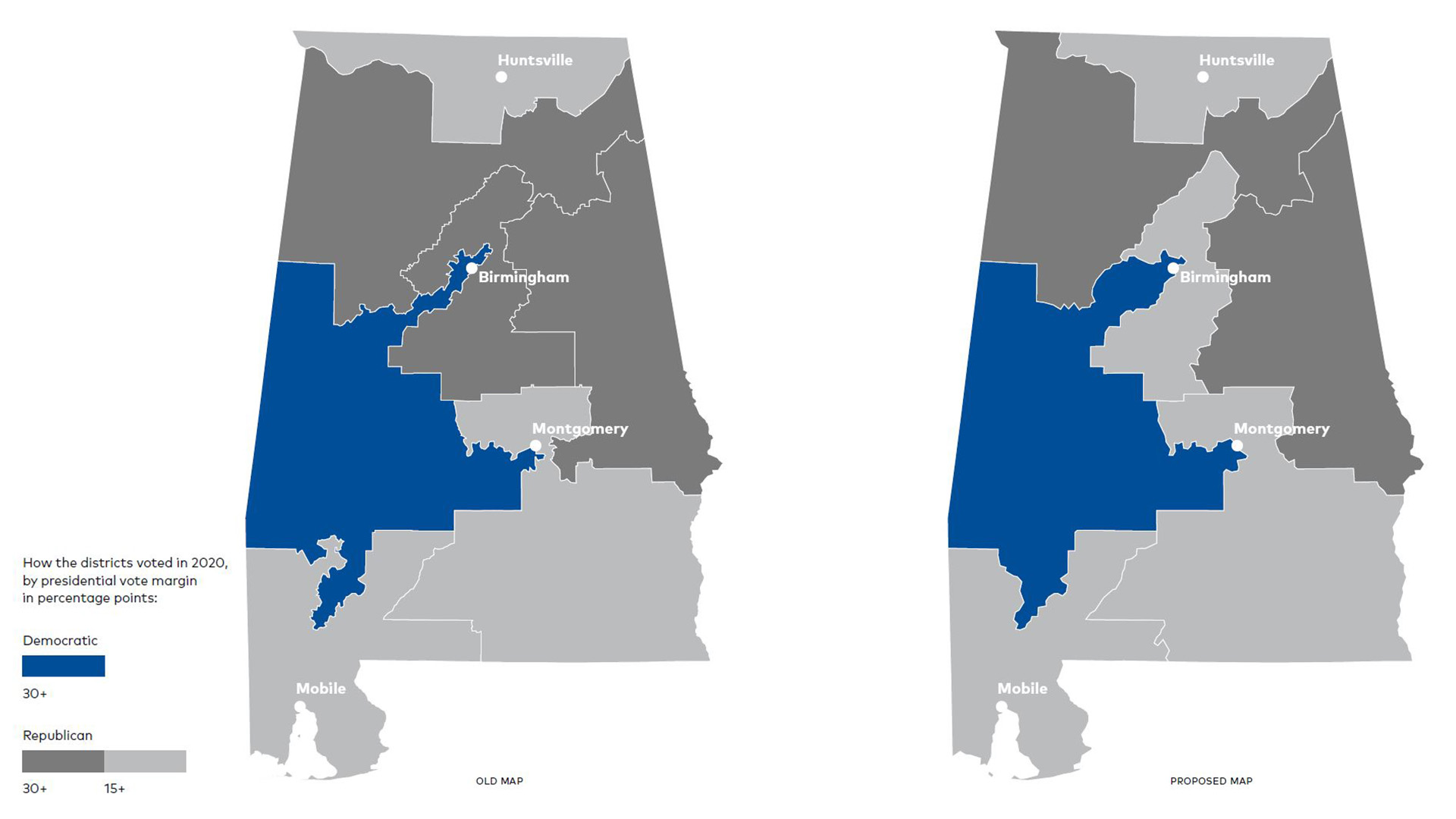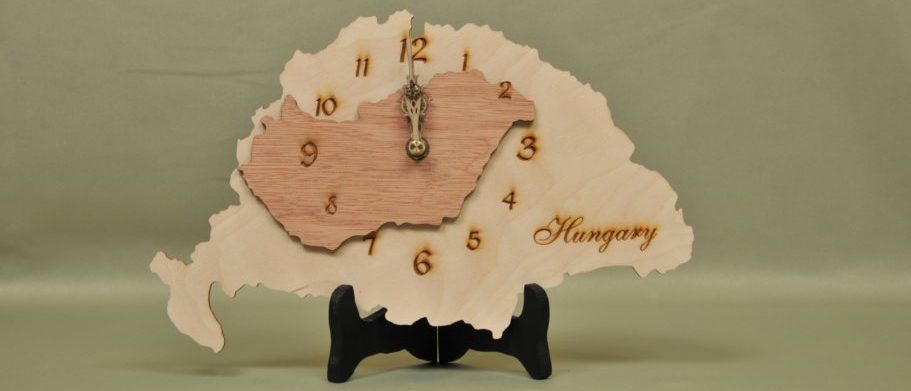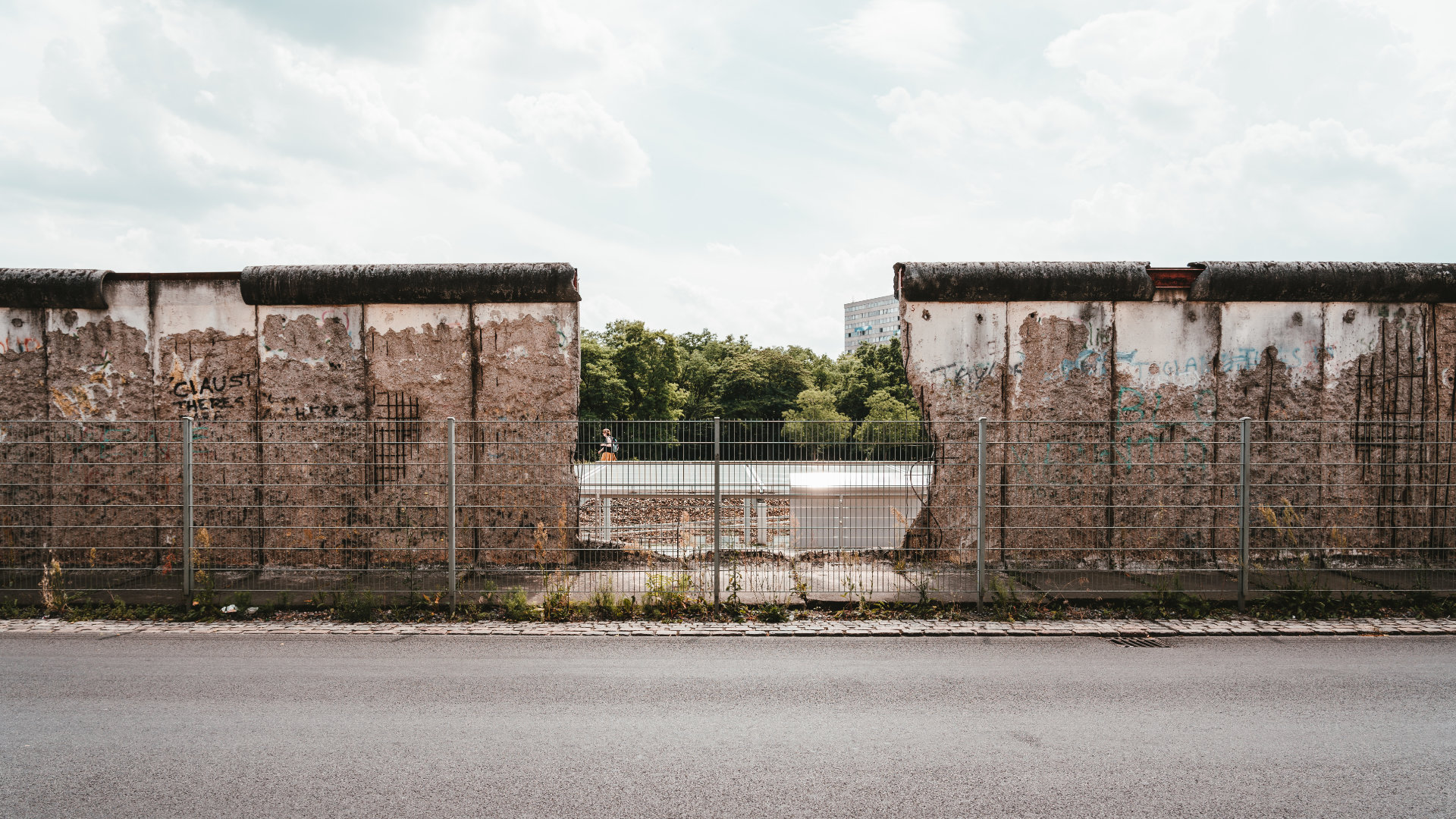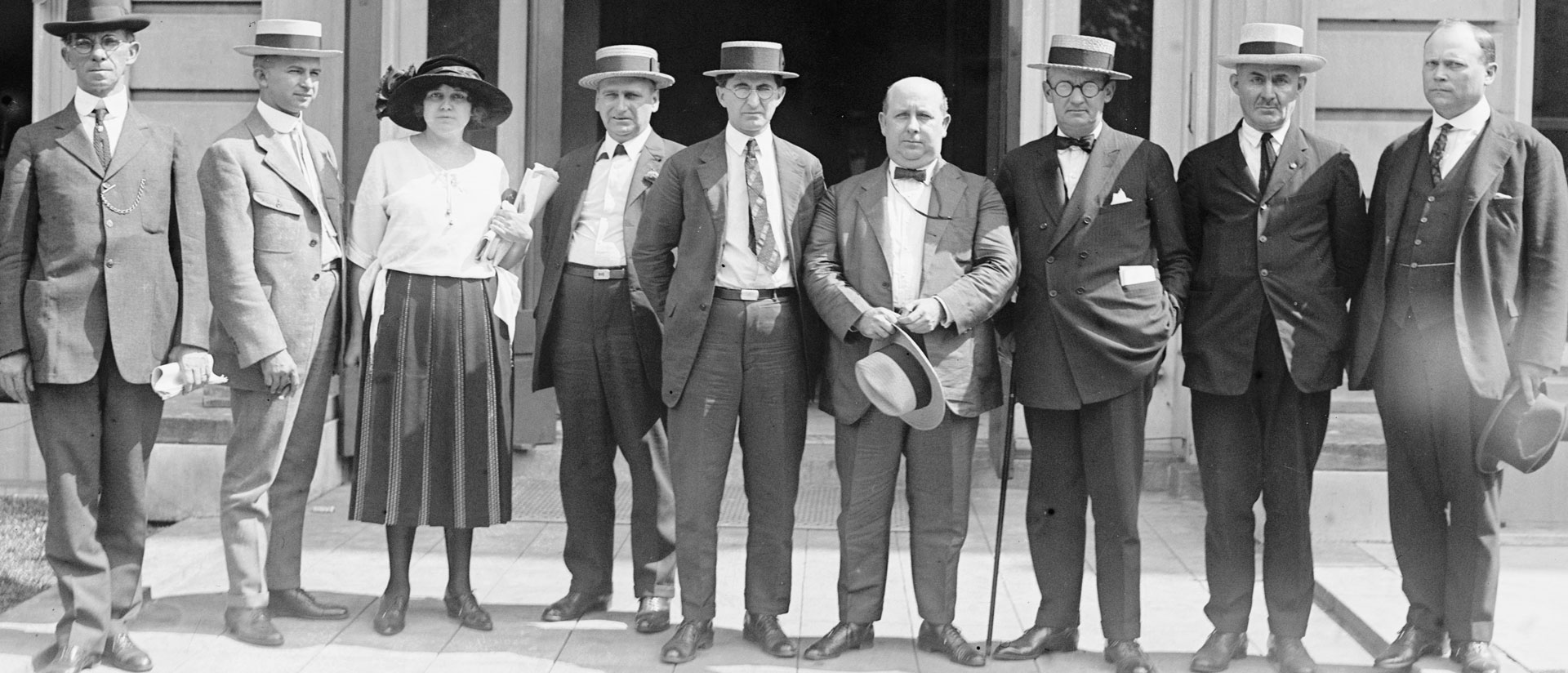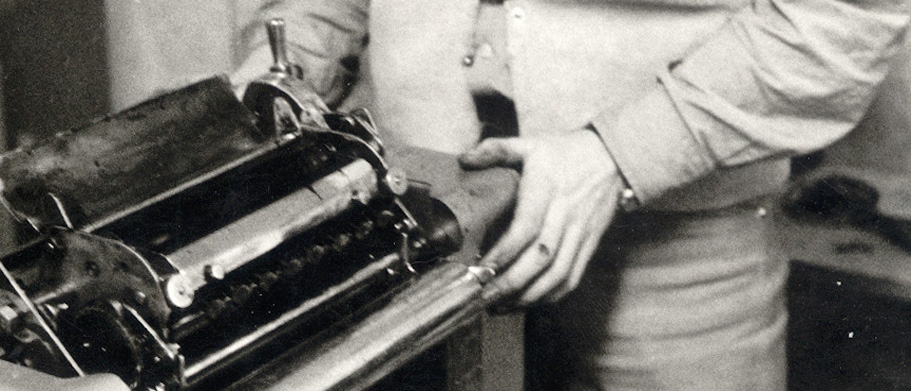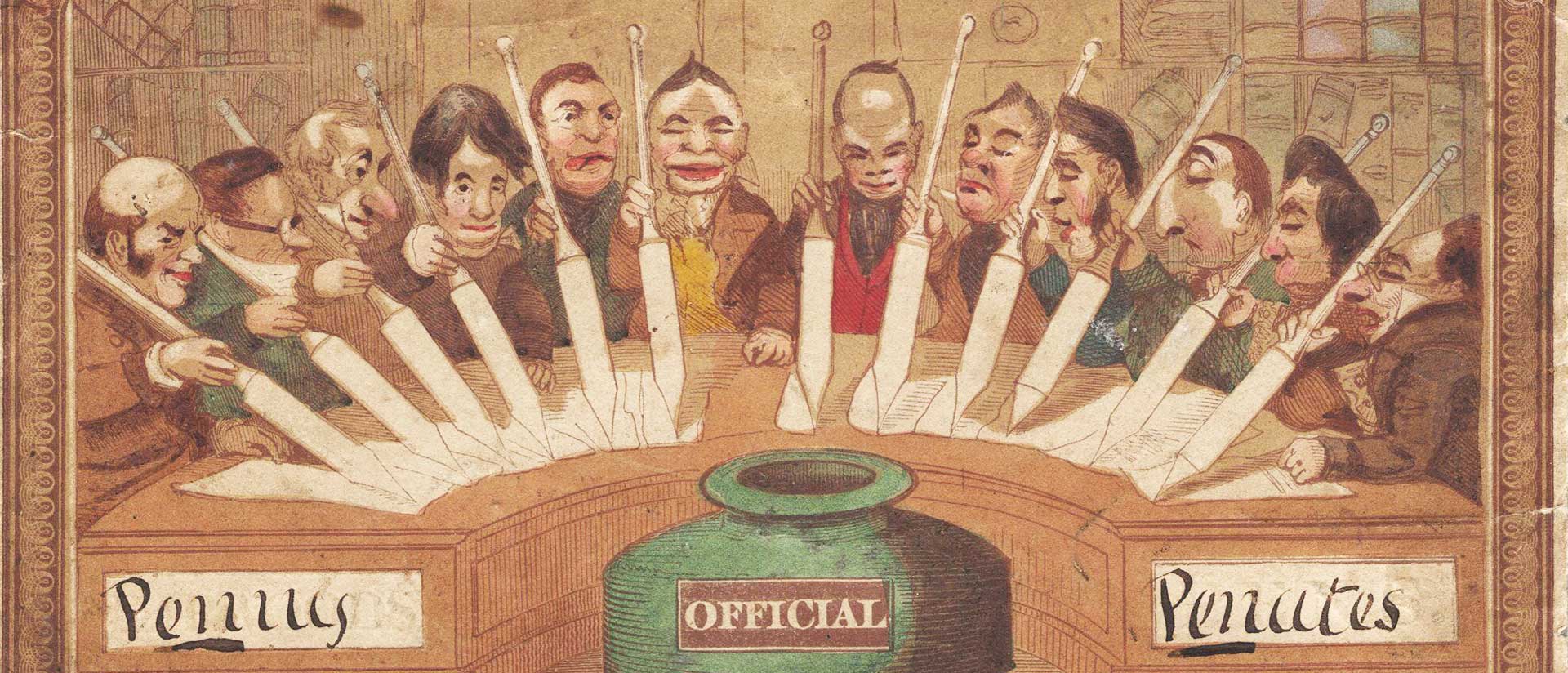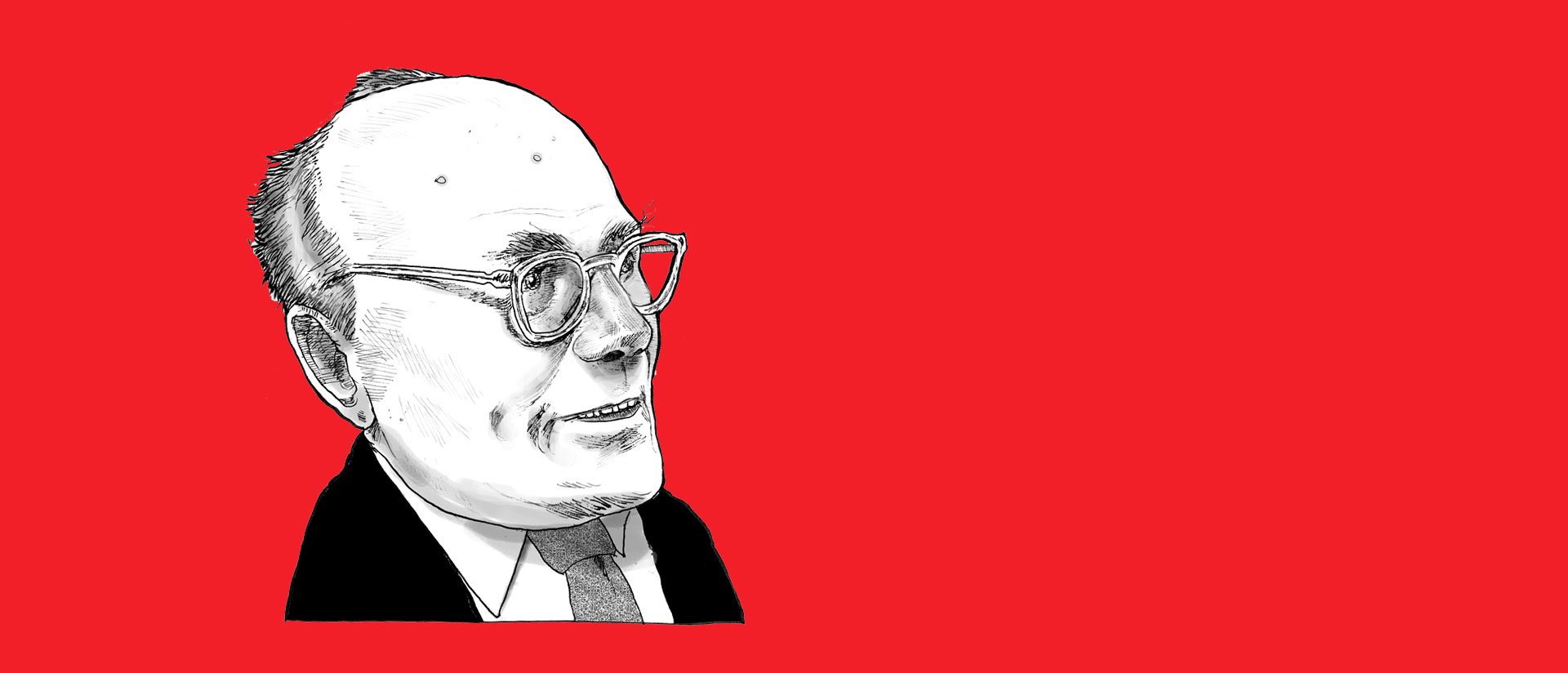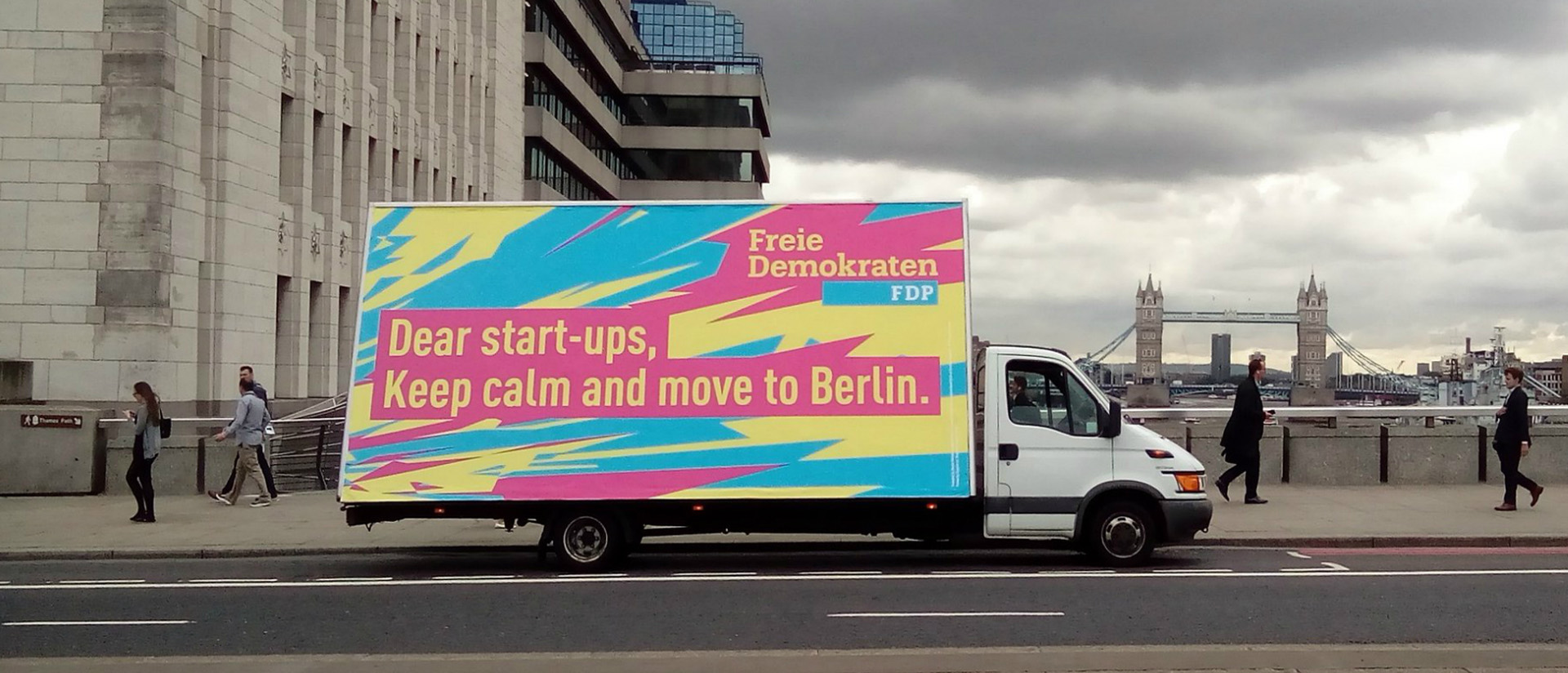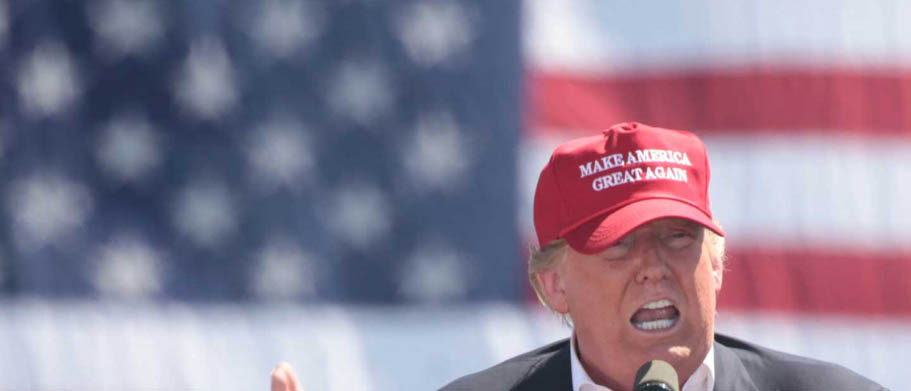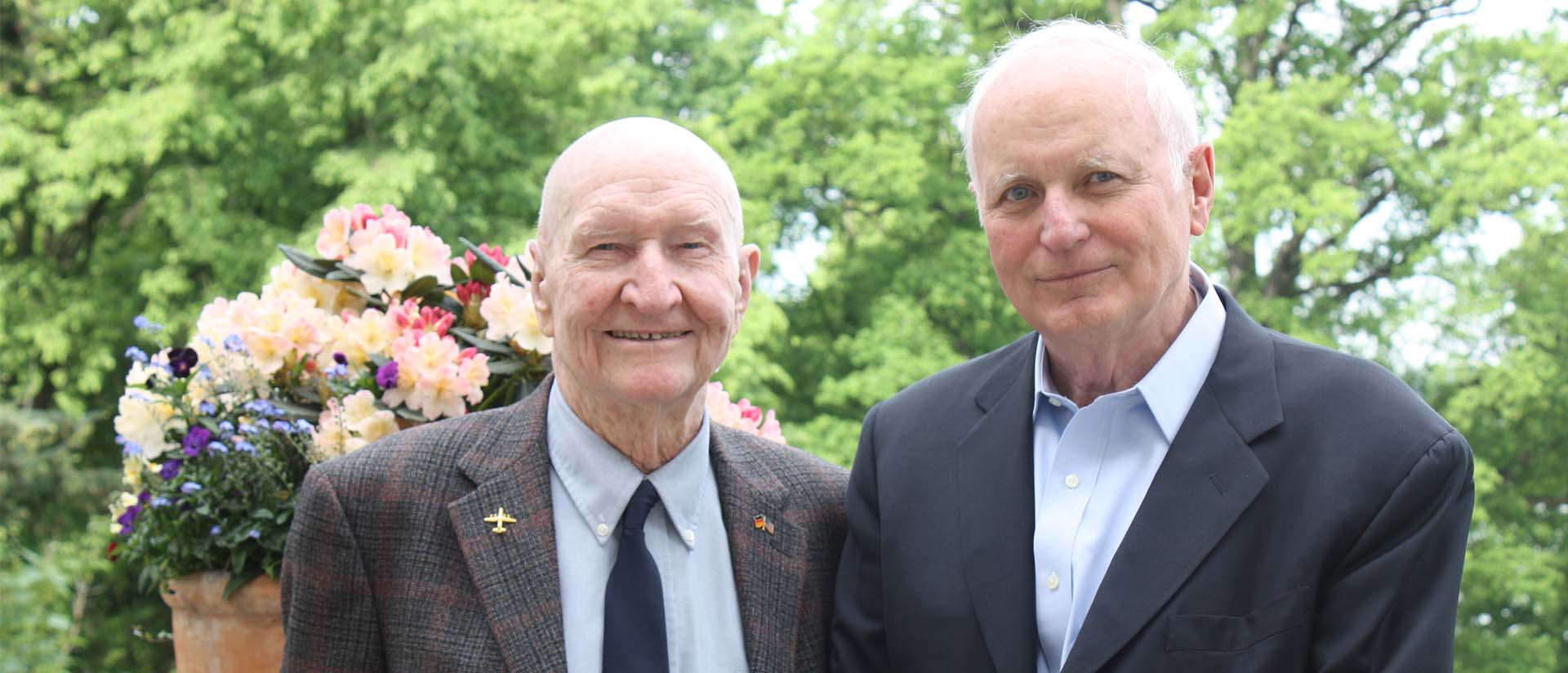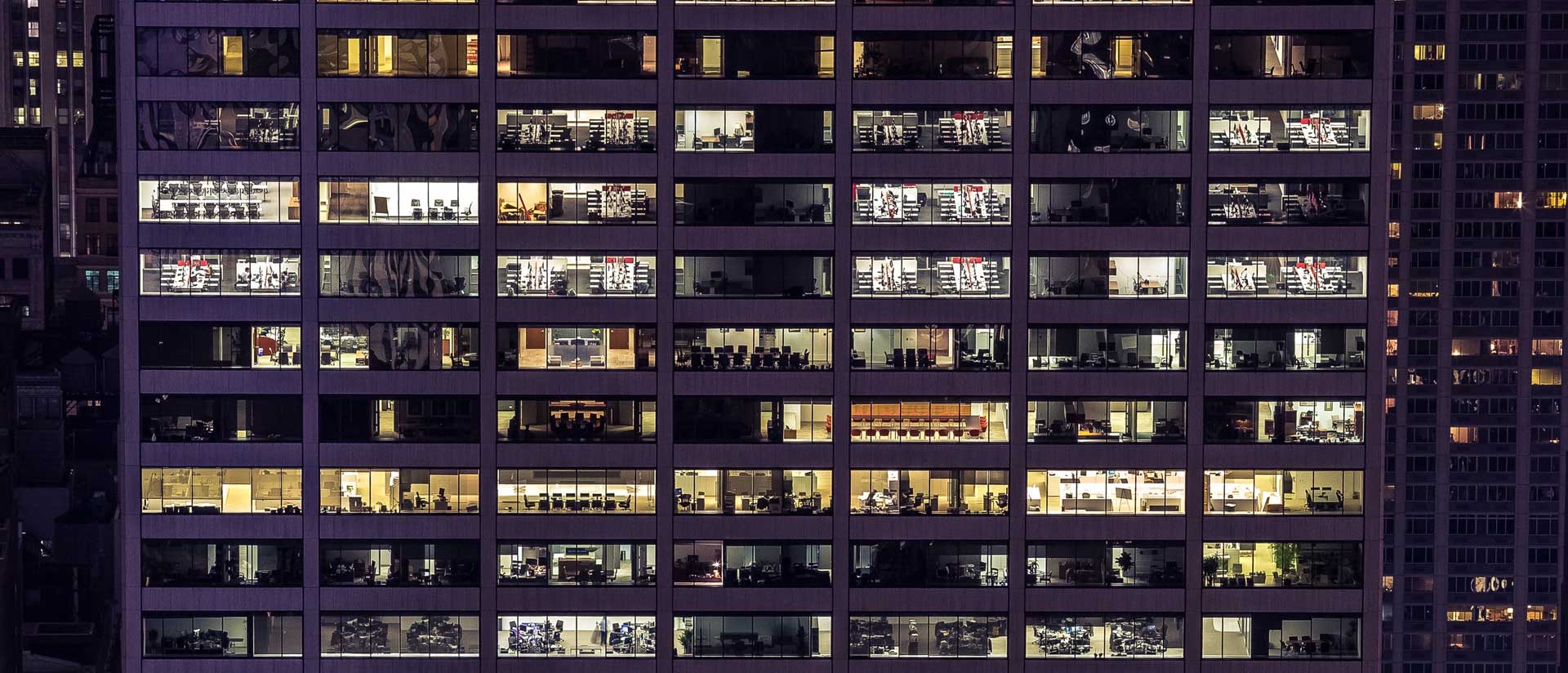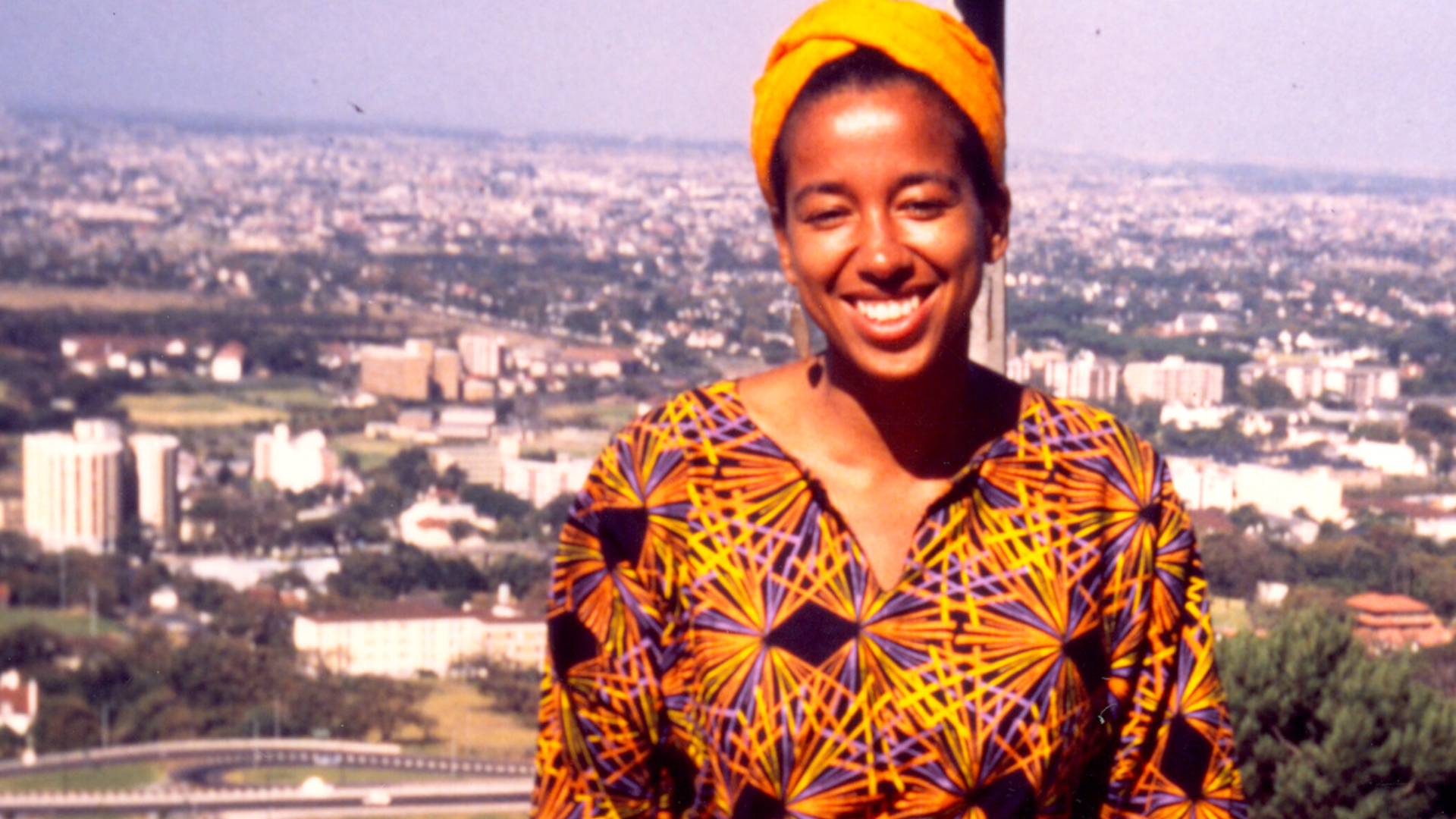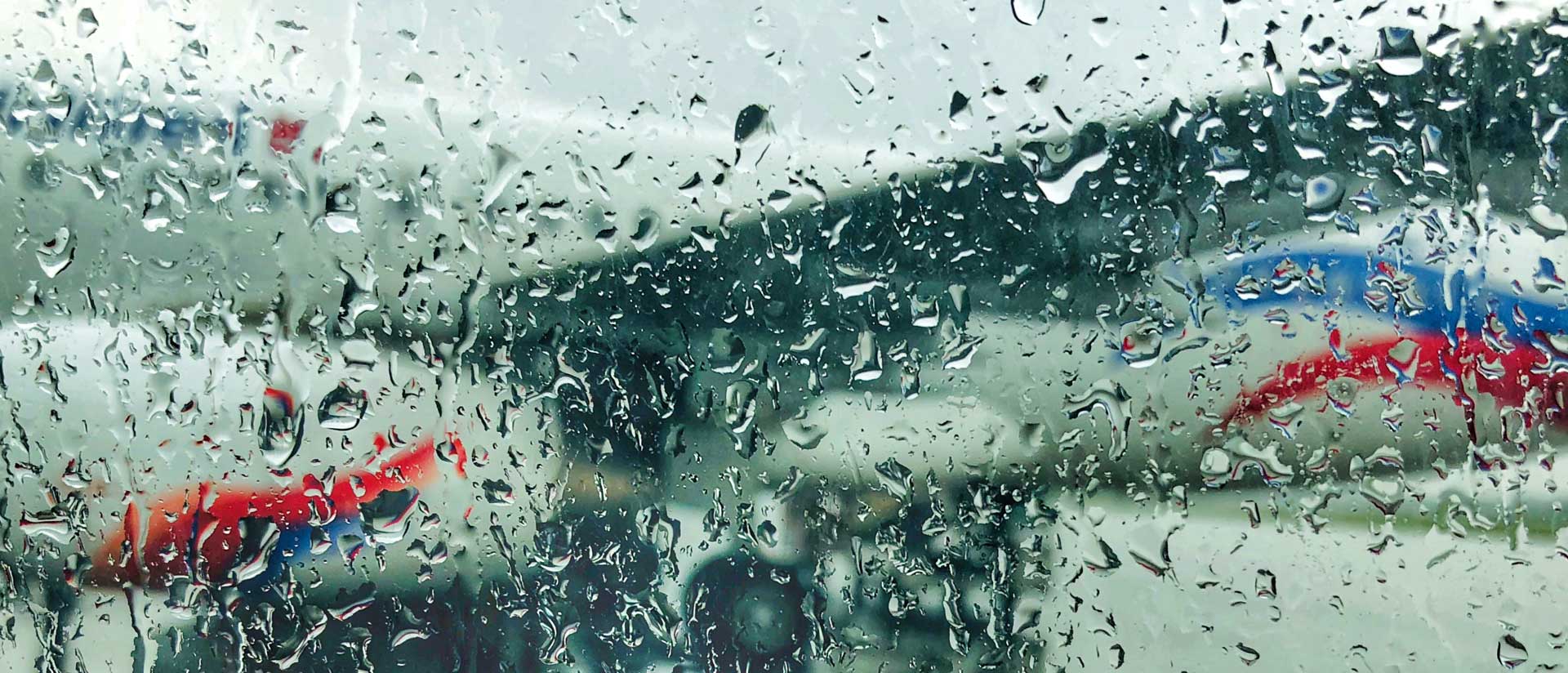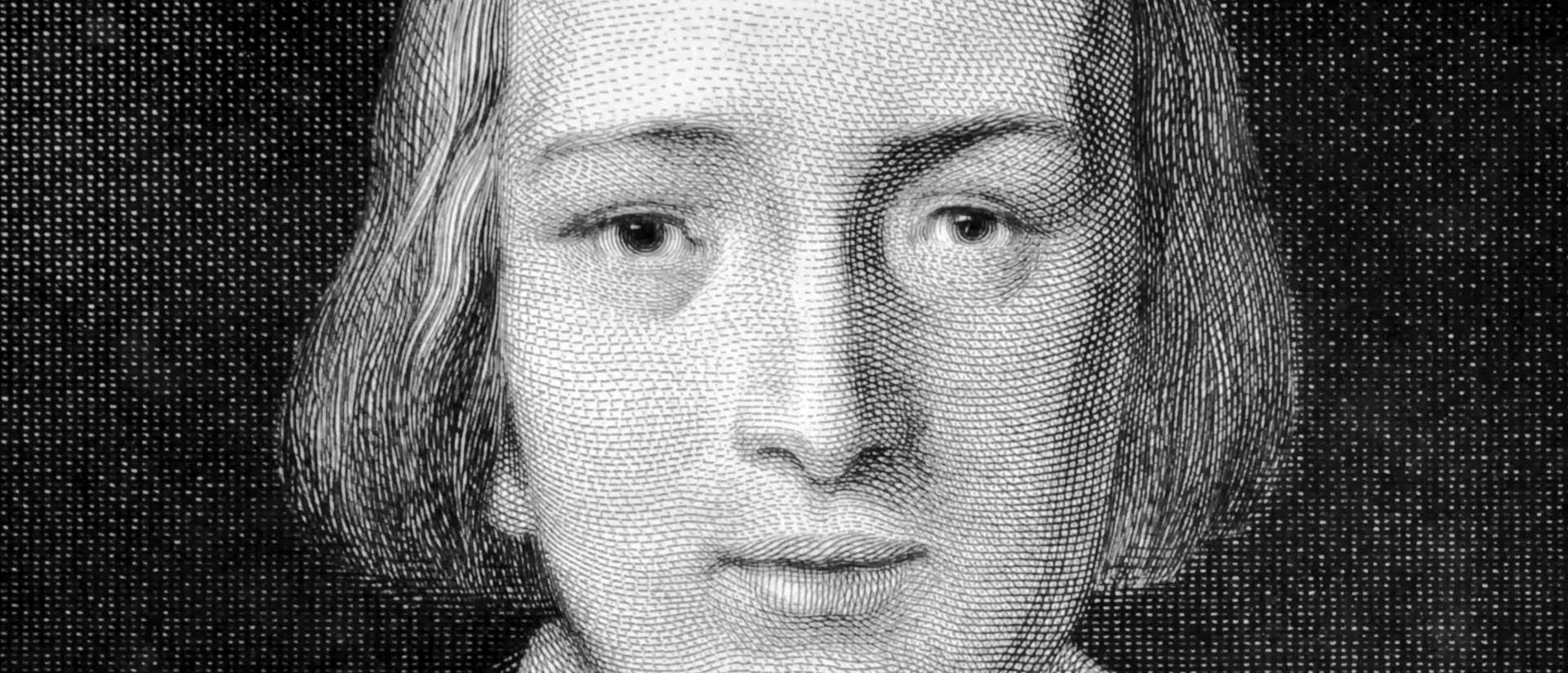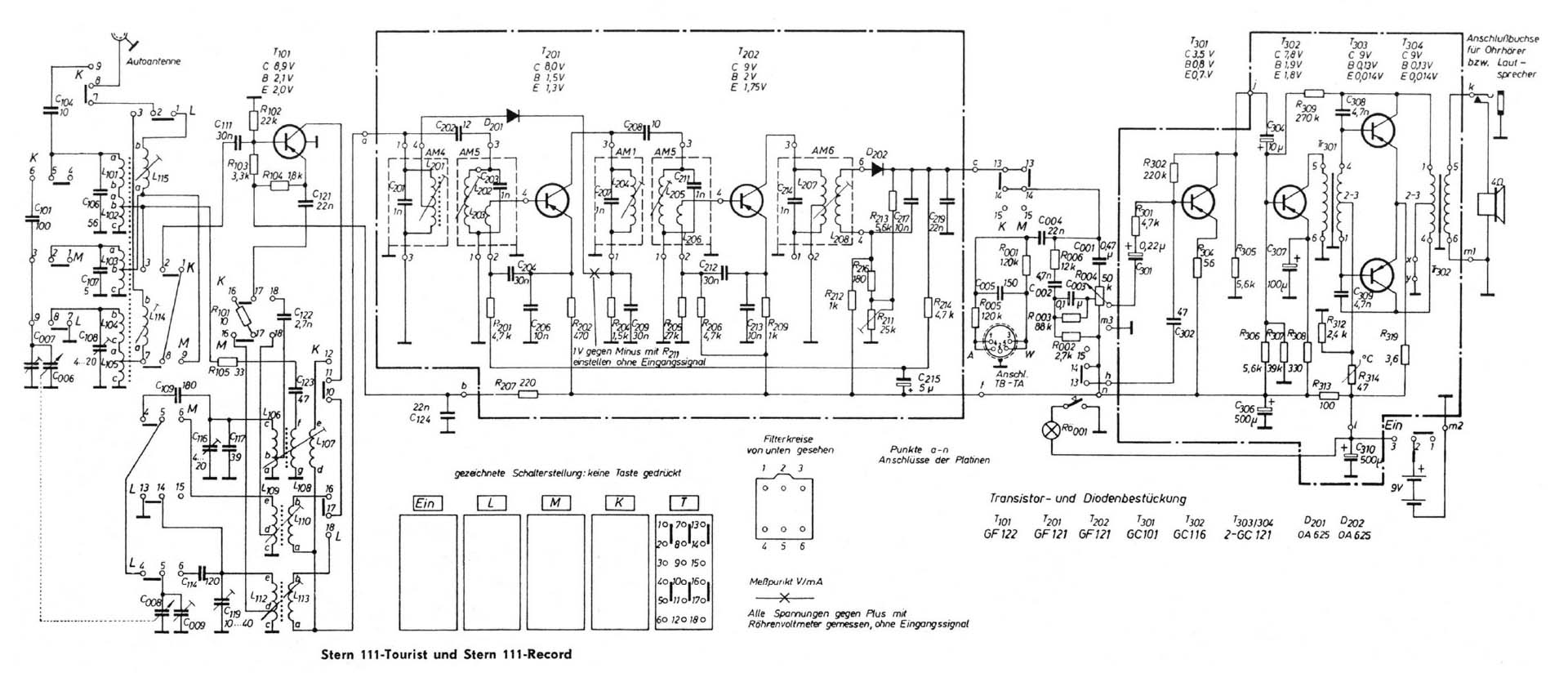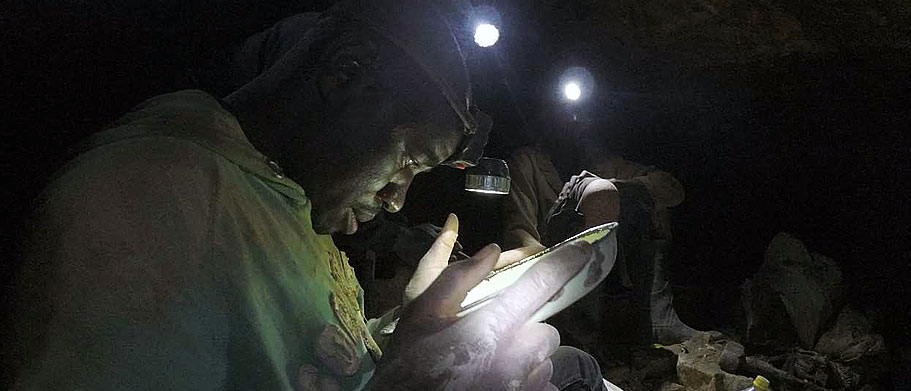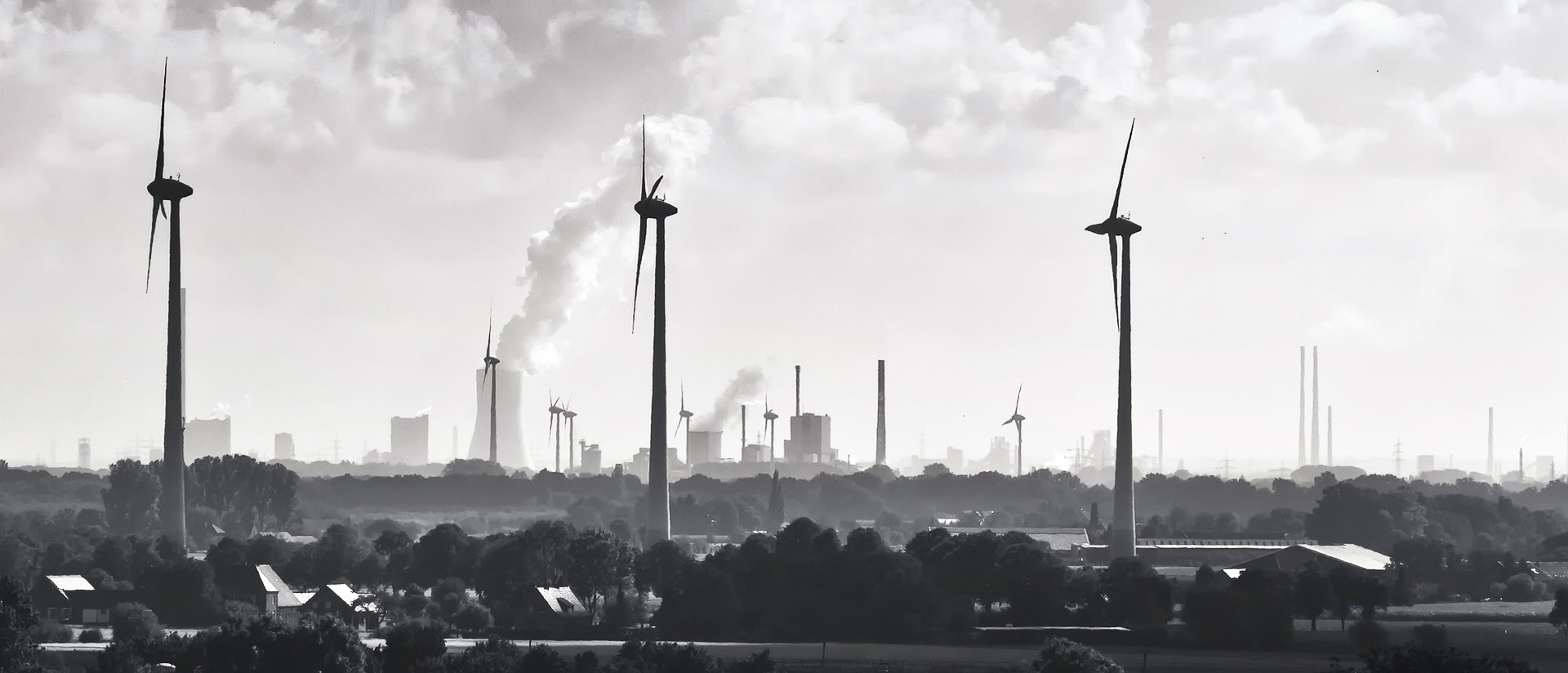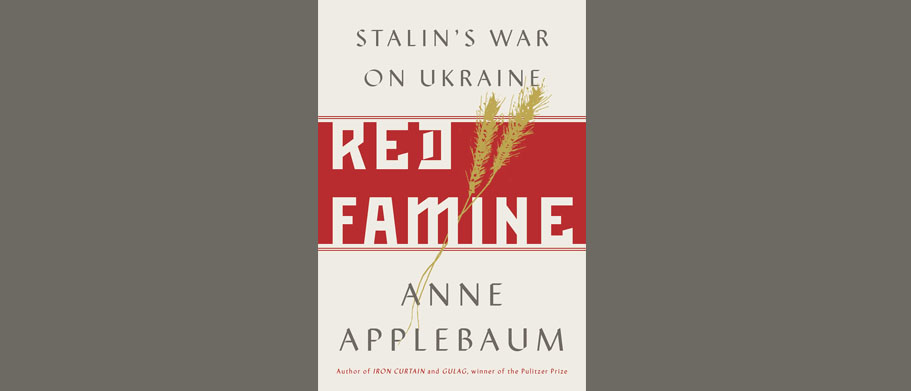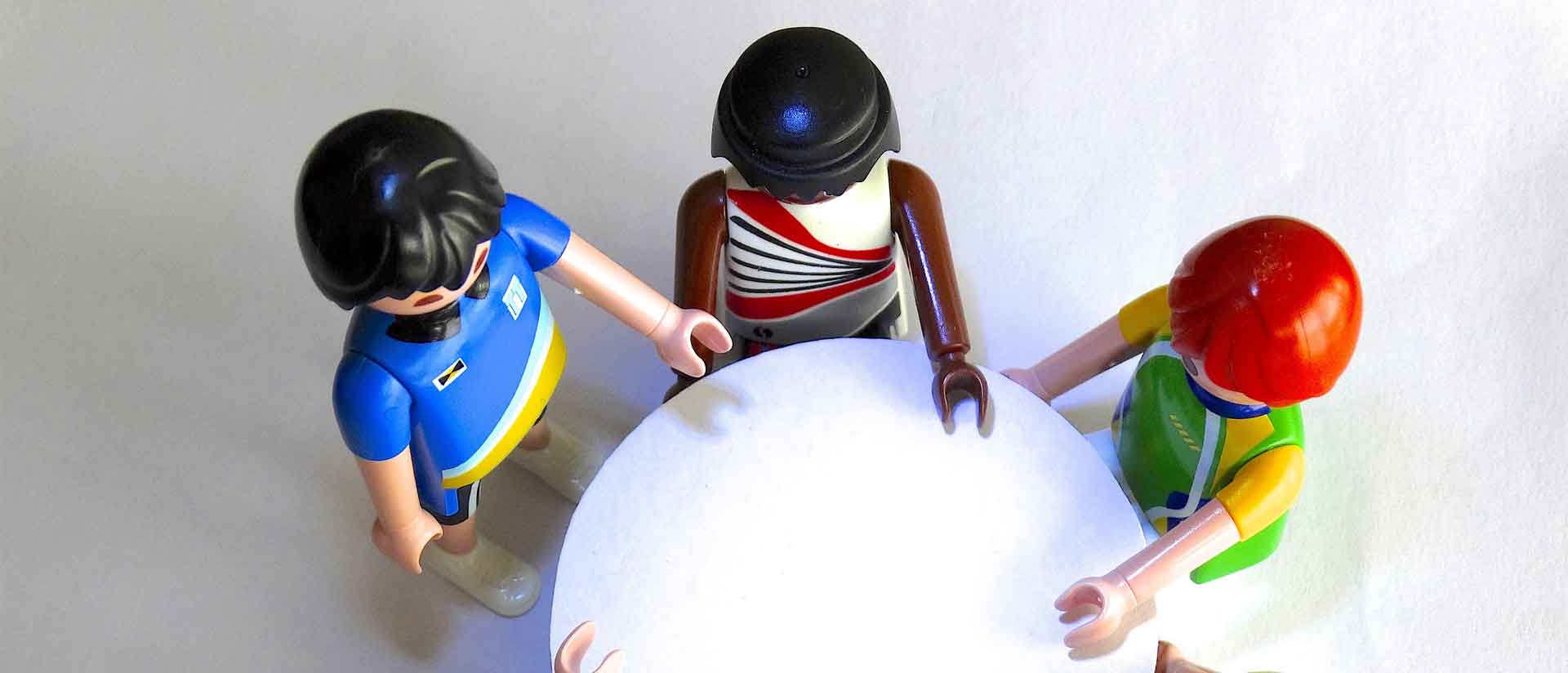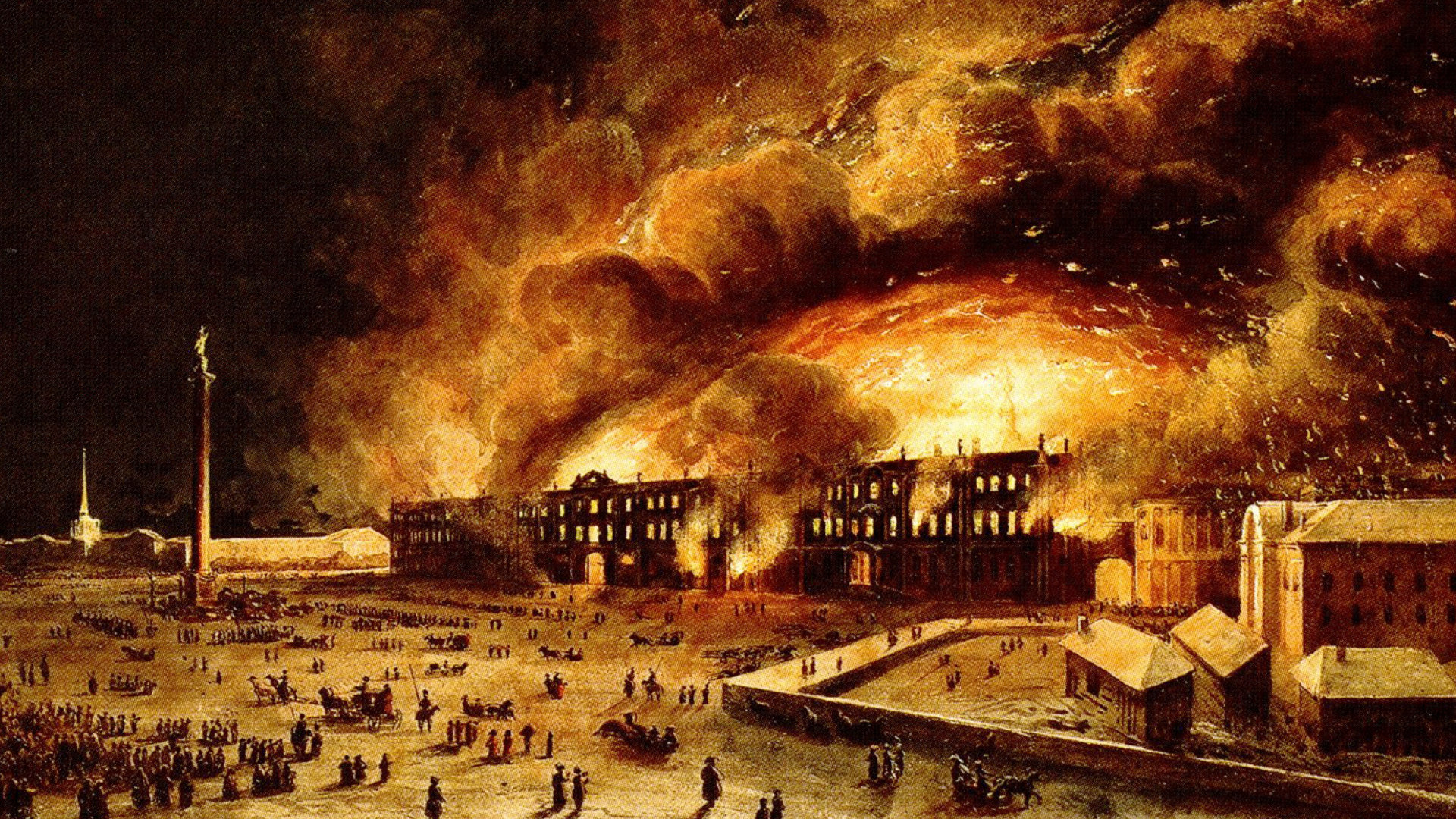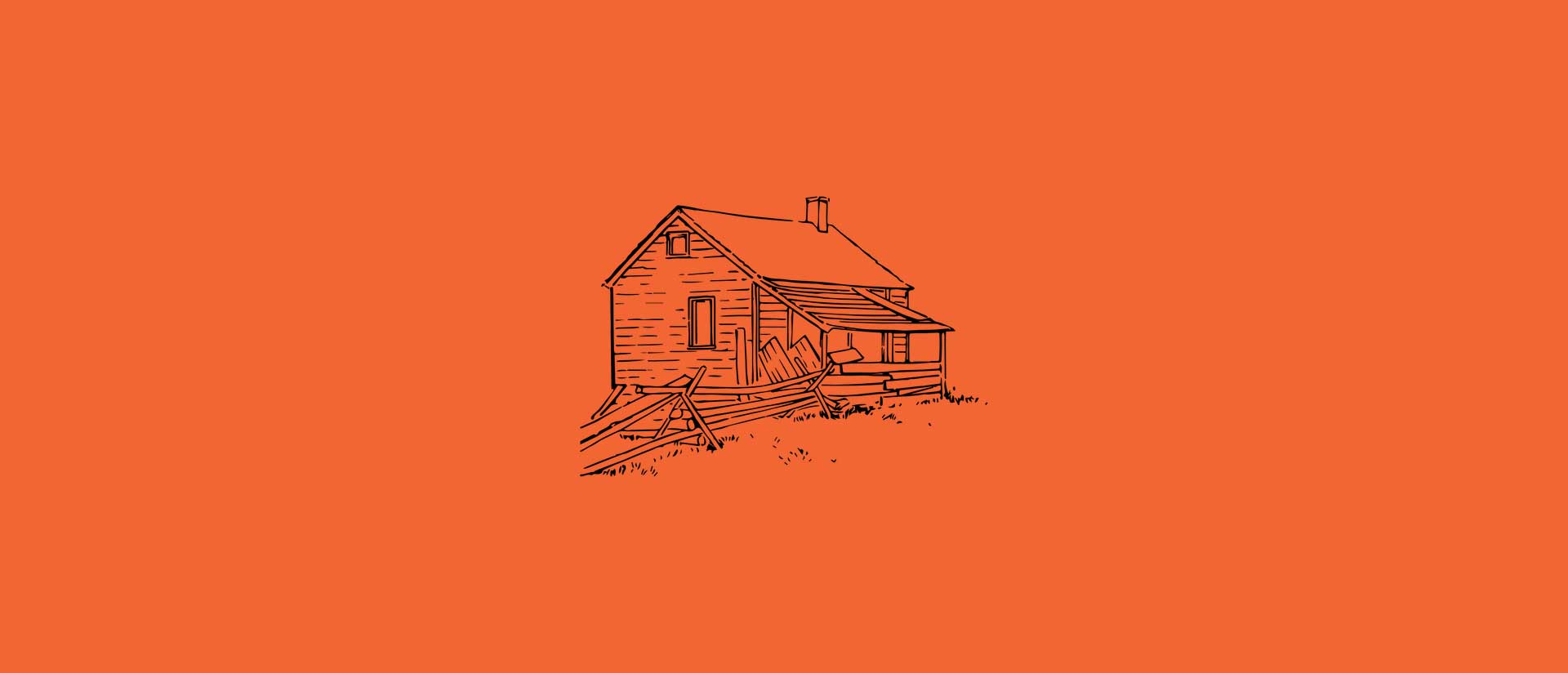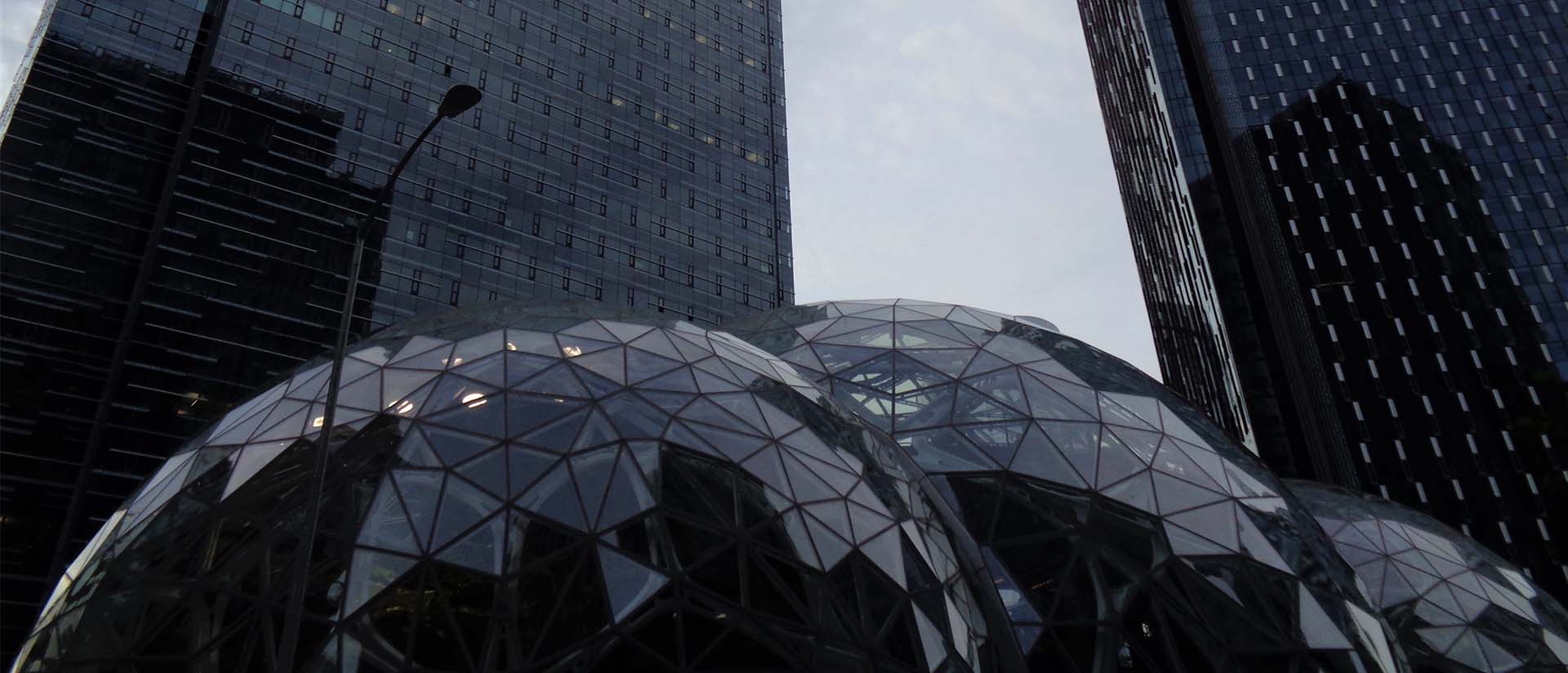
Fulfillment: The Rise of the Hyper-Prosperous City
by Alec MacGillis
In the spring of 1994, a thirty-year-old senior vice president at the New York investment banking firm D. E. Shaw arrived in Santa Cruz on a scouting trip for the company he was about to start with a $100,000 boost from his parents. Jeff Bezos’s idea was fairly simple: to take advantage of rapidly accelerating activity on the World Wide Web, the new user-friendly internet interface, to sell consumer goods there. “Most successful entrepreneurs start a company because they’re passionate about the business they want to enter,” wrote Richard L. Brandt in his 2011 book on Bezos’s company. “Bezos was simply interested in the fact that growth of the Internet meant somebody was going to make a fortune or two from the phenomenon, and he wanted one for himself.” Bezos wasn’t sure what type of goods to sell and made a list of twenty possibilities, among them office supplies, computer software, apparel, and music. He settled on books for one reason above all: there were so many different titles, a near infinitude, that an online marketplace could offer an advantage over stores in a way it couldn’t with other goods.
He came to Santa Cruz, on the Pacific coast seventy miles south of San Francisco, to pitch two experienced computer programmers on his idea. He enticed one of them, Shel Kaphan. Together, they checked out office space in the city, which offered a pristine coastal location and proximity to Silicon Valley.
There was just one problem. In 1992, the Supreme Court had mostly upheld a 1967 ruling that merchants needed to collect sales tax only from buyers in states where the merchants had physical operations. If Bezos set up his company in California, he would have to assess sales tax on all his customers in the biggest state in the country. This would eliminate, in the huge California market, a crucial advantage his company would hold against traditional retailers: they had to charge sales tax, thus raising the cost of their products, but Bezos, as an internet retailer, would not. Bezos did not want to cede that big edge. If he located in a relatively small state, the company would have to assess sales tax on only a thin slice of customers. He said half-jokingly years later that he even considered setting up on a California Indian reservation to avoid taxes entirely.
His gaze fell on Seattle. Unlike Bill Gates and Paul Allen, the founders of Microsoft, he had no connection to the place—he had grown up in Albuquerque, Houston, and Miami and gone to college at Princeton. But one of his initial investors in the new company, Nick Hanauer, lived in Seattle and made a strong case for it. There was, as the author Jonathan Raban had noted upon arriving a few years earlier, a “bracing smell of possibility” there: “Even now, this late in the game, a guy could make a living out of such a provisional and half-built landscape—could arrive out of nowhere, set up shop and become an alrightnik in the classic immigrant tradition.” The city was large enough to have a major airport, a prerequisite for shipping books around the country. It was only a six-hour drive from one of the largest book distribution warehouses in the country, in Roseburg, Oregon.
There was, as the author Jonathan Raban had noted upon arriving a few years earlier, a “bracing smell of possibility” there.
There was something else, too. Bezos knew that his company, if successful, would need to hire lots of programmers. The best place to poach such talent was in the Bay Area, but Seattle was a respectable fallback. The University of Washington’s computer science department was churning out graduates. More importantly, there was Microsoft, which had attracted a smattering of smaller companies to the area as well. It was “the recruiting pool available from Microsoft,” Bezos said in 2018, explaining his choice of Seattle.
It would emerge, years later, as a classic example of the defining rule for economic development in the high-tech era: winner takes all, rich get richer. The internet was supposed to let us live and work anywhere we wanted to, connecting us no matter how far-flung we might be. It would liberate us from cubicle and office park, disperse opportunity across the country.
Instead, the opposite happened. Tech entrepreneurs quickly found that location mattered more than ever. It helped to have your company clustered among similar companies because it made it easier to attract employees—not only those poached from the company across the street, but those who’d newly arrived because of the area’s reputation as a hub. And for employees in an industry as volatile as tech, it made sense to be somewhere where you could count on getting another good job if the first one fell apart. So you wanted to be in the hub, which in turn drew more employers there, too.
Clustering mattered not only for human resources, but for innovation, the essence of technology. There was, in one sense, nothing new in this: history is the story of cities with the right confluence of people in close quarters to spin the world forward, whether in classical Athens or Renaissance Florence or industrial-age Glasgow. “Cities are effectively machines for stimulating and integrating the continuous positive feedback dynamics between the physical and the social, each multiplicatively enhancing the other,” wrote theoretical physicist Geoffrey West in his treatise on the growth of cities and companies.
“Cities are effectively machines for stimulating and integrating the continuous positive feedback dynamics between the physical and the social, each multiplicatively enhancing the other.”
But there was something about the new digital economy that took this dynamic and trebled it. In the industrial age, a mechanical advance might be more likely to be discovered in an industrial hub, but that advance could then be dispersed to whichever place had the natural resources and manpower and transportation links to make use of it. Once Henry Bessemer made his discoveries in steelmaking, anyone with enough capital and access to coal and iron ore could build a mill. And they did—in Braddock, Pennsylvania, and Weirton, West Virginia, and Youngstown, Ohio, and Gary, Indiana.
The tech economy was different. Now the huge rewards lay in the innovation itself, which could produce outsized returns with very little additional capital. Once you came up with great new software, you could reproduce it at barely any cost—no coal and iron ore required. Everything lay in having the minds to produce that initial breakthrough. “Economic value depends on talent as never before,” wrote Enrico Moretti, an economist at the University of California, Berkeley. “In the twentieth century, competition was about accumulating physical capital. Today it is about attracting the best human capital.” Crucially, this held true even if the cluster became ever more expensive. Instead of a market rebalancing—a dispersal to more affordable locales—a feedback loop prevailed.
The implications of this for Seattle were not yet clear in 1994 when Bezos and his wife, MacKenzie, arrived in town. They rented a house in Bellevue for $890 per month, deliberately choosing one that had a garage, albeit converted into a rec room, so that Bezos could later adopt the customary “garage start-up” mythology. For a few months, Bezos ran the company out of the garage before finding an office and basement space in a building in the industrial district south of downtown Seattle.
By this point, the company had a name. After starting with Cadabra.com and mulling Awake.com, Browse.com, Bookmall.com, Aard.com, and Relentless.com, Bezos settled on Amazon.com.
“This is not only the largest river in the world, it’s many times larger than the next biggest river,” he said, as reported by the journalist Brad Stone in his 2014 book on the company. “It blows all other rivers away.”
Years later, Charles D’Ambrosio, a writer whose essays had evoked the scruffy, melancholy charm of Seattle in the 1970s, could scarcely recognize the city. “For me, the city is still inarticulate and dark and a place to call home because I’m in thrall to failure and to silence—I have a fidelity to it, an allegiance, which presents a strange dislocation now that Seattle’s become the Valhalla of so many people’s seeking,” he wrote. “The idea of it as a locus of economic and scenic and cultural hope baffles me. It a little bit shocks me to realize my nephews and nieces are growing up in a place considered desirable.”
“Failure” was indeed a concept now foreign to the city, which was winning constantly, winning to the point of excess. It was hard to find a modern precedent for a major American city so transformed in a matter of two decades. In the decade since the Great Recession, the city had added 220,000 jobs. More than twenty Fortune 500 companies had decided to open engineering or research and development branches in the city, among them the Silicon Valley giants Facebook, Google, and Apple.
It was hard to find a modern precedent for a major American city so transformed in a matter of two decades.
By 2018, per capita income in metropolitan Seattle had grown to nearly $75,000—roughly 25 percent above its peers of a few decades earlier, cities like Milwaukee, Cleveland, and Pittsburgh. And this rising wealth was not being spread evenly: by 2016, a city once known for its strong middle class, its lack of extreme poverty and wealth, had matched San Francisco for high levels of income inequality. The average income for the top 20 percent of Seattle households shot up by more than $40,000 in 2016 alone, hitting $318,000; these households took home 53 percent of all the income in the city.
By 2018, the median cost of buying a home, across all home types, was higher in Seattle than anywhere in the country except the Bay Area: $754,000. The salary needed to afford this median home had risen from $88,000 to $134,000 in only three years. Rent, which had been on par with the national average before 2010, had increased by 57 percent in only five years to more than $2,000 on average, three times higher than in the rest of the country.
One result was that Seattle was now a city where it was increasingly difficult to afford raising a family: the city was also second only to San Francisco in the scarcity of children—less than a fifth of all households had them. Yet its population was swelling nonetheless: by 2015, it was the fastest-growing large city, and a disproportionate share of these new arrivals were young, highly educated, and highly paid. By 2018, there were an estimated fifty software developers moving to the city every week.
But such numbers alone could not really convey the extent of the change. They could not capture the dense thicket of cranes rising across downtown—by 2019, there were 58 deployed in Seattle, more than in any other city in the country. Or the ostentation of new money in a city once stereotyped by flannel and grunge: the Teslas prowling Capitol Hill and Belltown; the Black Suburbans circling for ride-share fares; the Gucci store selling slippers for $650; the rooftop bar with a “millionaires menu” that included a $200 martini; the 41-story Nexus tower, a stack of twisting glass cubes topped with penthouses that spread across 3,000 square feet and cost up to $5 million; the Insignia Towers, which offered a “sky retreat”—indoor lap pool, sauna, and screening room.
The numbers could not capture the cultural change wrought by the arrivals, who frequented the appointment-only wine tasting room at the base of a new luxury residential tower in Bellevue, or the “wizard pub” in the trendy Ballard neighborhood where patrons could get personal wands—“made to fit each individual, with date of birth determining species of wood, then infused with one of 12 magic essences by the wandmaker.” The city had few children, but it had many adults with the disposable income needed to reenact childhood.
This hyper-prosperity had many corporate fathers, among them Starbucks, Nordstrom, and Microsoft, which was still thriving across Lake Washington. But one loomed far above them. There were now 45,000 people working at Amazon in Seattle, plus another 8,000 in the suburbs. They earned $150,000 in average compensation, plus valuable stock options that incentivized ardent corporate loyalty. The company accounted for 30 percent of all jobs added in Seattle over the second decade of the century. It occupied a fifth of all the office space in Seattle—the highest proportion of any company in any city in the country, and more than the next forty largest employers in the city combined; Delta and Alaska Airlines added a special check-in line for Amazon’s employees at Sea-Tac International Airport.
In 2007, the company announced it would consolidate its offices in a single campus on a swath of land just north of downtown called South Lake Union. Early on, the area had been home to big sawmills. By the 1990s, it was a light-industrial zone of warehouses, car repair lots, and a strip club that advertised “100s of beautiful girls and 3 ugly ones.” There were plans in the 1990s to redevelop it with homes and offices around a large park. Paul Allen, the Microsoft cofounder, had started buying up land toward that plan, eventually owning more than sixty acres, but it came to naught.
By the 1990s, it was a light-industrial zone of warehouses, car repair lots, and a strip club that advertised “100s of beautiful girls and 3 ugly ones.”
Instead, Amazon asked Allen to build it a 1.7-million-square-foot headquarters there. He built that, and more. The company grew to more than eight million square feet in the city, most of it in more than 35 buildings in and around South Lake Union—the largest urban corporate campus in the country. It was a grid of mid-rise office cubes—Tetris-like blocks of glass, stainless steel, and aluminum panels painted rust-red to mimic industrial-era brick, what Keith Harris, a local engineer and critical theorist, called a “neo-modern high-tech ghetto.” To help keep the buildings apart, since many of them looked quite similar, they bore names with insider connotations: Rufus (the Welsh corgi owned by two of the company’s earliest employees), Dawson (the street that was home to one of the company’s early warehouses), and Fiona (what the Kindle was almost named).
The company allowed employees to bring their dogs to work, and more than 6,000 were registered for that purpose, so the sidewalks were full of dogs being walked by people with Bluetooth earpieces and blue company badges and backpacks adorned with the company’s smile logo. In one building, a seventeenth-story terrace with sweeping views had been designated as a dog park, complete with Astroturf and yellow fire hydrants. On the ground floor of another building was a café that cooked food only for dogs.
Inside one main passageway, employees handed out free bananas to anyone who passed by. There were 24 coffee shops throughout the campus. There was a store owned by the company where people could purchase things without paying—cameras kept track of selections and charged their credit card. A block from campus, there was a much larger store, part of a nationwide chain of nearly five hundred high-end grocery emporia that was now also owned by the company.
Bars and restaurants sprouted within the campus, catering almost exclusively to company employees. At Brave Horse Tavern, on weekday evenings men in blazers played shuffleboard. One Wednesday in June, a waitress with green hair poured champagne for a fortyish man in a fleece zip-up and his parents, who then all sat and looked silently at their phones for most of an hour. Outside, a dog was tied to a post, waiting.
And there were biospheres. Over five years, the company built three enormous interlocking orbs. They were made of 620 tons of steel and 2,643 panes of glass and stretched half a city block on the edge of the campus closest to downtown. Inside the orbs were several levels linked by open stairways rising to ninety feet. There was a café that sold doughnuts for $4.25 and meeting spaces called “treehouses” and even a human-size bird’s nest made of cedar, for more secluded brainstorming, all tucked amid a sort of rain forest that contained some 40,000 plants of four hundred different species from around the world, among them bromeliads and anthuriums from Ecuador and philodendrons from Bolivia and spikemoss from Southeast Asia. There were more than forty trees, including a fifty-foot-tall, 36,000-pound weeping fig (nickname Rubi) that had to be lowered in through the opening of a removed glass panel. The orbs could hold as many as a thousand people at a time.
The company’s senior manager of horticultural services told a reporter that the orbs would help employees “find their inner biophiliac that really responds to nature.”
On the day that the orbs opened, in early 2018, employees gathered with high anticipation. The company’s founder stood in front of a wall sheathed in greenery that was emblazoned with the smile logo. The time had come to turn on the lights and the misters.
“Alexa,” he said. “Open the Spheres.”
“Okay, Jeff,” said Alexa.
This article is adapted from the first chapter of Alec MacGillis’s Fulfillment: Winning and Losing in One-Click America, published by Farrar, Straus & Giroux in March 2021, and is reprinted here with permission.

